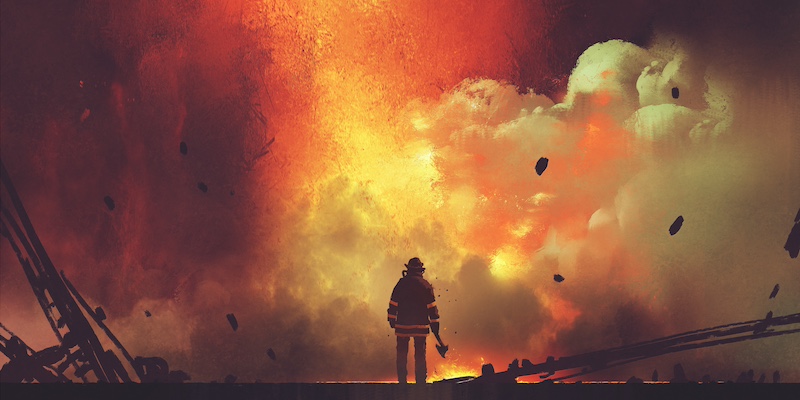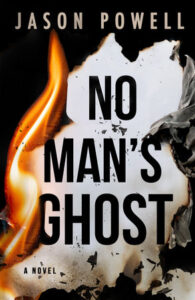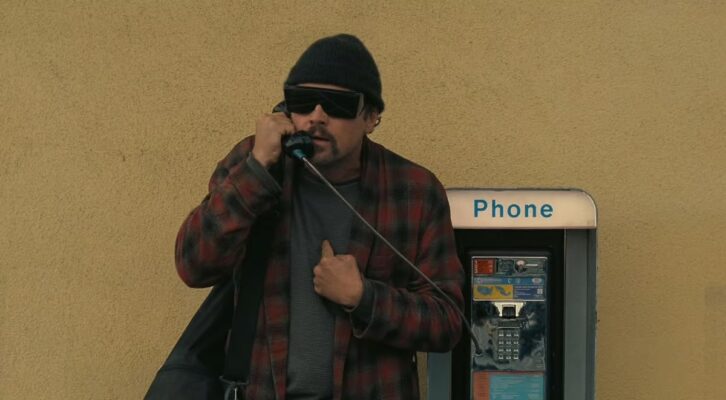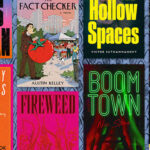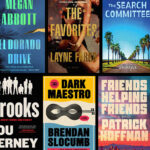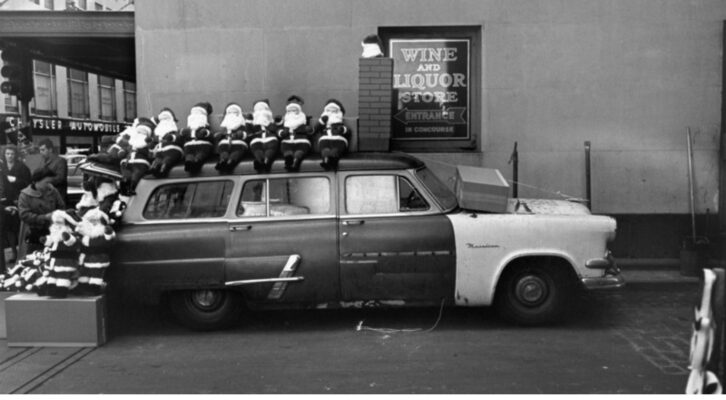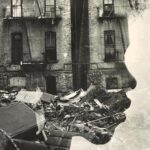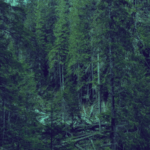Long before I became a New York City firefighter, I was an avid people watcher. As a mystery writer, I enjoyed watching people in public situations going about their business as I imagined and ultimately made up their stories. Like a guy on the subway, wearing headphones, eyes closed, smiling to himself: he’s not listening to music. He’s inside his head, remembering the phone call he had last night with the woman who’s number he got two days ago. And like the couple in Starbucks, sitting across from each other looking at their phone instead of one another. They aren’t mad at each other or in a loveless relationship. They’re just so comfortable with each other that time spent in silence is just as enjoyable as time spent in conversation. Or like that guy over there. The one wearing a down coat and shorts with ankle socks and sneakers, in nine-degree weather. He’s a creep. He knows what he did, and I can only hope he catches frost bite. Or at least a man cold.
Like that. Made-up stories of real people I watched that would become the real stories of the made-up people I wrote about.
Then I became a firefighter and was given access to people in not so public situations, and the material for my made-up stories ignited.
For instance. During the Summer and Fall of 2016, New York City first responders and hospitals were dealing with a minor K2 epidemic. K2 is a synthetic Marijuana that’s both cheaper and stronger than the real thing. And more dangerous. Cannabis was illegal at the time, and as a result K2 was also more accessible. That it had killed a few people and put hundreds more in the hospital, didn’t slow its popularity.
I graduated the fire academy in May and by October, I’d responded with my firehouse to over a dozen EMS calls for overdoses or anaphylactic reactions due to K2. One evening in October we responded to an apartment building where a third-party caller, someone from outside the home, claimed that a teenage male who’d smoked K2 was suffering prolonged seizures and difficulty breathing. When we arrived two NYPD officers were outside the apartment, frustrated and annoyed. They’d come for the same call, prepared to do what they could to help, but the people in the home refused them entry. One of the officers, an older man, told us that a woman at the door claimed that she didn’t know who had called, and that she wouldn’t let the cops in because they didn’t trust the cops to help.
The woman had been just on the other side of the door, and she opened the door against its chain, looked me and my team over, then closed it again to release the chain and open it fully. Giving the cops her back, she waived us in, somewhat urgently, closed the door behind us, and ushered us to a bedroom where her sixteen-year-old son was on a messy floor, unconscious and foaming at the mouth.
Three of us dropped to our knees, being sure there was nothing sharp or dangerous beneath us, then began to give him O2 and administer Naloxone. Naloxone is a medicine that reverses the effects of an overdose if used soon enough. Within a minute of the boy’s mother letting us in, he had two doses of the medicine and a mask over his face giving him fifteen liters-per-minute of oxygen. The three of us moved back a few feet, watching. My lieutenant asked the mother what he had taken, and she told him that she didn’t know. He shook his head and reminded her that we aren’t police officers. We weren’t interrogating her, but we needed to know so that we could help him properly. She didn’t answer. She just crossed her arms beneath her chest and stared at the boy, her jaw trembling.
A moment later the boy’s eyes opened. He looked around, snatched the mask from his face and snapped up to a sitting position, aggressive and alert. That wasn’t a surprise. It’s a common reaction to Naloxone. Surprise, confusion, aggression. We’d seen a handful of times, which is why we’d moved back after administering it. At the boy’s reaction, the mother began to cry, overcome with relief. She went to hug him and before he allowed her to, he found a folded sheet of paper and stuffed it in his pocket.
We left five minutes later, once the medics had arrived. The cops were still outside. The one who had given us the report raised an eyebrow, asking if the boy was going to be okay. When we said he would, the cop, apparently seeing that I was new, offered me some advice. He told me to keep in mind that my uniform is a magic key. It can and will get me into places no one else can go. People will freely invite me into their homes, even if they didn’t call me, he said, because they trust that I belong there.
Then he said, “you have access to parts of people that they only share with loved ones. You’ll see things no one else does. So, pay attention. There might be times you have to recall what you’ve seen.”
It was good advice. Now every call I go on, whether for a person stuck in an elevator, or a commercial building on fire, I try and take everything in as though I may have to tell the story later. As though I may write the story later.
I won’t put that specific experience with the young boy into a book. I won’t put most specific experiences into a book, out of respect for people’s privacy. But the experiences inspire stories. Like what was on that folded paper he stuffed into his pocket? Why was that the first thing he looked for?
My approach to writing a novel is this: a reader will stay with you for any number thousands of words, if the person or persons you’re telling them about are interesting or relatable and in a situation that the reader can picture themselves in and ask either, “what would I do?” Or, “What’s going on here?” I think all people can be relatable, regardless how different they may be. As a firefighter for ten years, I have been in the position to share experiences with people that are funny or surprising or sad. Or mysterious. Private and sometimes odd, but often relatable. Experiences that, if recalled, would make interesting stories with interesting characters.
Three years ago, I joined New York City’s FEMA Incident Management Team, which along with other IMT’s around the country respond to natural or national disasters, like hurricanes or wildfires or, God forbid, terrorist attacks. The training for that position is mostly on the job training. In years past that was a hardship because wildfires weren’t as frequent and spread out. As a city firefighter, I could – and should – have gone my whole career without experiencing a wildfire. But climate change has changed the rules, and as a result, my experiences. In 2023 there were four wildfires over the course of the entire year in the state of New Jersey. In 2024, New Jersey experienced over a hundred in the month of November alone. Such a significant jump in such a small amount of time, in a location not known for its forestry is crazy. That it doesn’t seem to get the attention it should is…mysterious.
Bad news for the real people of this world, and the made-up ones in my stories.
***

